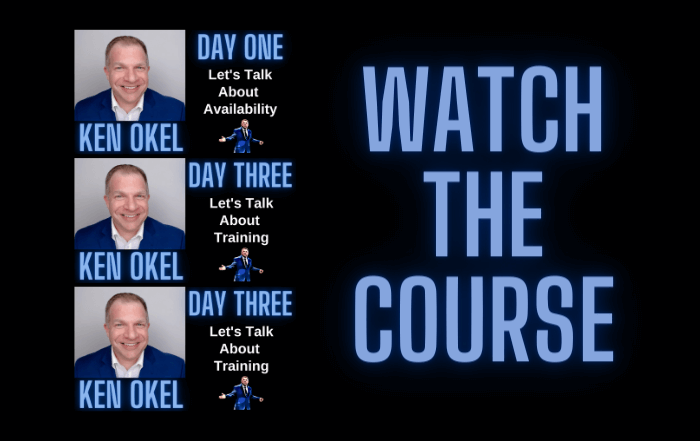 Does your organization offer a lot of giveaways? While people love free stuff, do they equally love your company?
Does your organization offer a lot of giveaways? While people love free stuff, do they equally love your company?
When I ran the business operations for a professional ballet company, I learned about the phrase, “Paper the house.” This theater term refers to giving away tickets in order to make the show appear like it’s selling better than it actually is.
At first, I could see how this made sense. It’s not uncommon for a lesser known ballet to draw a smaller audience. Having a lot of empty seats could result in bad publicity. And usually the tickets were given to area nonprofit employees.
But later, when I saw the rental bill from theater, I realized this policy was bad business. People will free you to death, if given the chance.
Besides renting the facility, a roughly $3 fee was added, by the theater, on every seat that was filled. The funds were classified as paying for things like parking costs, which the renter would pay instead of the attendee.
Giving away tickets was actually costing the ballet company money. If 500 tickets were given away, then the company would owe $1,500. You’re basically paying for people to watch the show. Suddenly empty seats didn’t seem so bad!
The generous practice came with other consequences:
Those who received free tickets rarely made a donation to the company or bought tickets for future performances. Why buy if there’s a chance you’ll get it for free?
On performance days, you would have to spend time explaining to those who received free tickets why they couldn’t move down into premium (but empty) seats that were closer to the stage. This distracted you from spending time with your best customers/donors.
The brand value was changed. I feel strongly that a live performance should not cost less than going to a movie. Discounting to fill the theater is a much better strategy than giving tickets away for free.
In any organization, it can be tempting to do things to make your customers feel good, like giveaways. It’s fun to be generous. But filling the house with free ticket holders was the equivalent of falling in love with a mirage.
Instead, you want customers who like what you do, appreciate your services, and be willing to pay a fair price for them.





